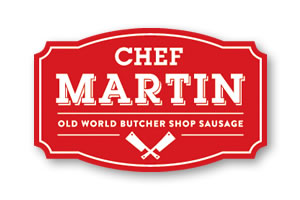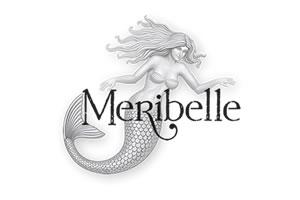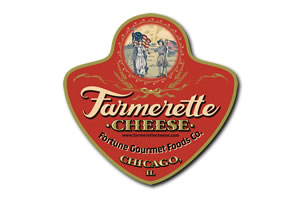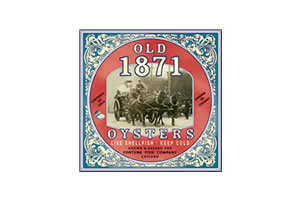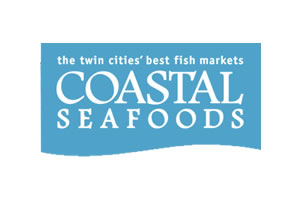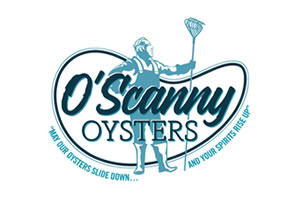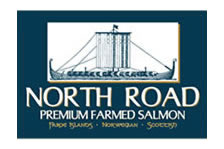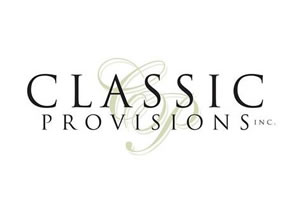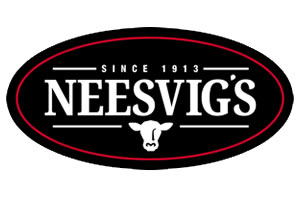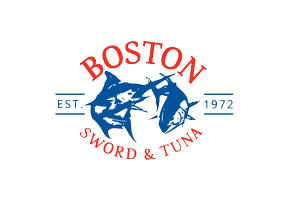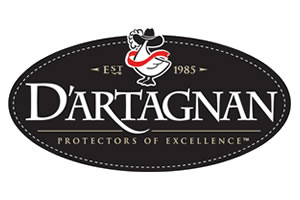

Our Own Old 1871 Oysters
The 19th century has been called America’s “Golden Age of Oysters” because the railroad expansion made these briny bivalves widely available outside of coastal areas. Oysters were plentiful, affordable, trendy, and often paired with beer at taverns and the oyster saloons that popped up in every city. Chicago had dozens of these establishments, which were stocked by the first ice-cooled railroad cars, the invention of a local entrepreneur and meatpacker. Oysters—many pulled out of Chesapeake Bay waters—might travel anywhere from thirty hours to two weeks to land in Chicago’s Gilded Age dining rooms and oyster saloons.
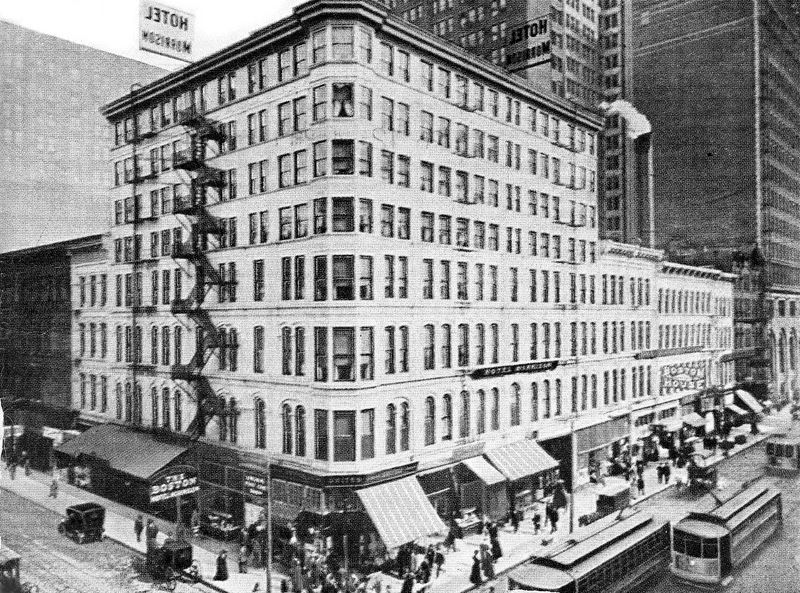 |
By October of 1871, a months-long spell of dry weather contributed to a week of 20 fires in Chicago. The boys of Engine Company No. 3 ended a long day with cold beer and Virginia oysters at a popular oyster saloon near their station. They were surprised to walk back out into the greatest fire of Chicago's history and the fight of their lives.
The Great Fire devastated a large part of the city, burning for two days, but the people of Chicago were brave and determined to rebound from the misfortune and build a bigger, better, and wiser city.
Today, Chicagoans still love their heroes, oysters, and beer. Fortunately, our Old 1871 oysters are still grown in the waters of the Eastern Shore of Virginia. Their flavor harkens back to the times of heroism and destiny, when everyone, from firefighters to socialites, enjoyed their briny pleasures.
 |
ABOUT OUR OYSTERS
Fortune’s Old 1871 oysters (Crassostrea virginica) are a medium to large native oyster that thrives in marshes amidst isolated barrier islands on the Eastern Shore of Virginia. Grown in off-bottom cages, the oysters feed on nutrient-rich, sweet plankton in the tranquil bays and cuts of Chincoteague Inlet, fed almost exclusively by the salty tides of the Atlantic Ocean. The unique ecosystem of maritime forests, salt marshes, dunes, and beaches contributes to the merroir of this oyster.
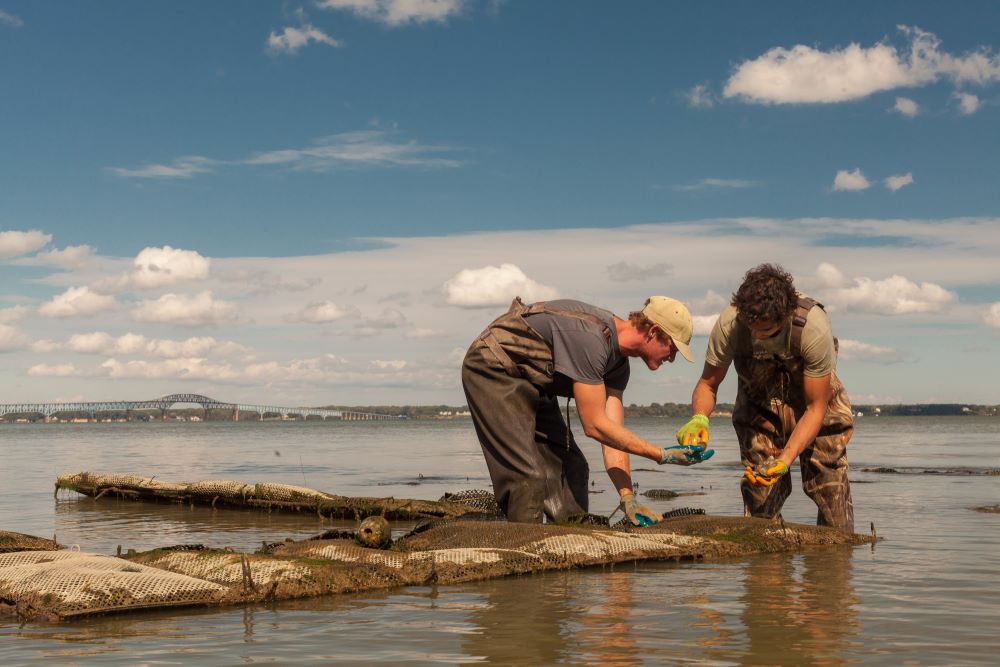 |
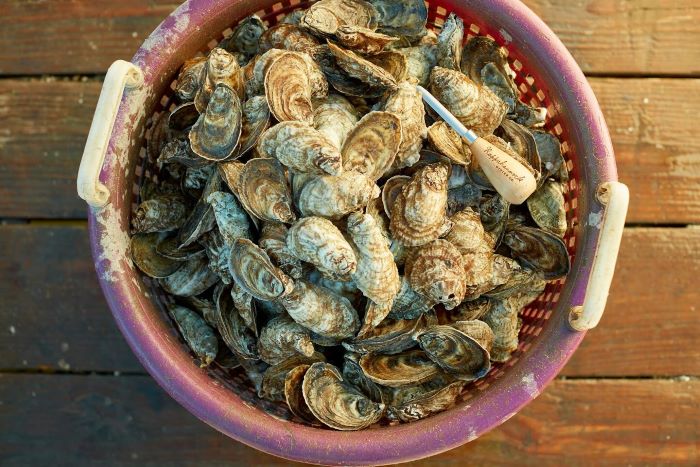 |
As you slurp an Old 1871, it hits your palate with a sudden burst of salty Atlantic brine. That is followed by delicate hints of celery and grass on your tongue, and a smooth, clean, sweet finish. The deep, elongated shells provide thick, plump meats; they are the perfect vessel for the pure essence of the Atlantic coast. Old 1871 oysters are an exceptional choice for raw bars and seafood menus.
 |
They pair well with white wines like Sancerre, Sauvignon Blanc, Pinot Grigio, or Picpoul Blanc, with its crisp, citrusy, and mineral-driven profile, or stout beers like Guinness.
OYSTER SUSTAINABILITY
The Chesapeake “gold rush” hit its peak in the 1880s, when the Bay produced over 20 million bushels of wild oysters a year. That high water mark was followed by decades of declining oyster supply, and by the early 2000s, natural, native oysters in the Chesapeake Bay were threatened. Oystering is a way of life in the region, and locals began experimenting with cultivation to preserve the complex and delicate ecosystem—and the pleasure of eating Virginia oysters.
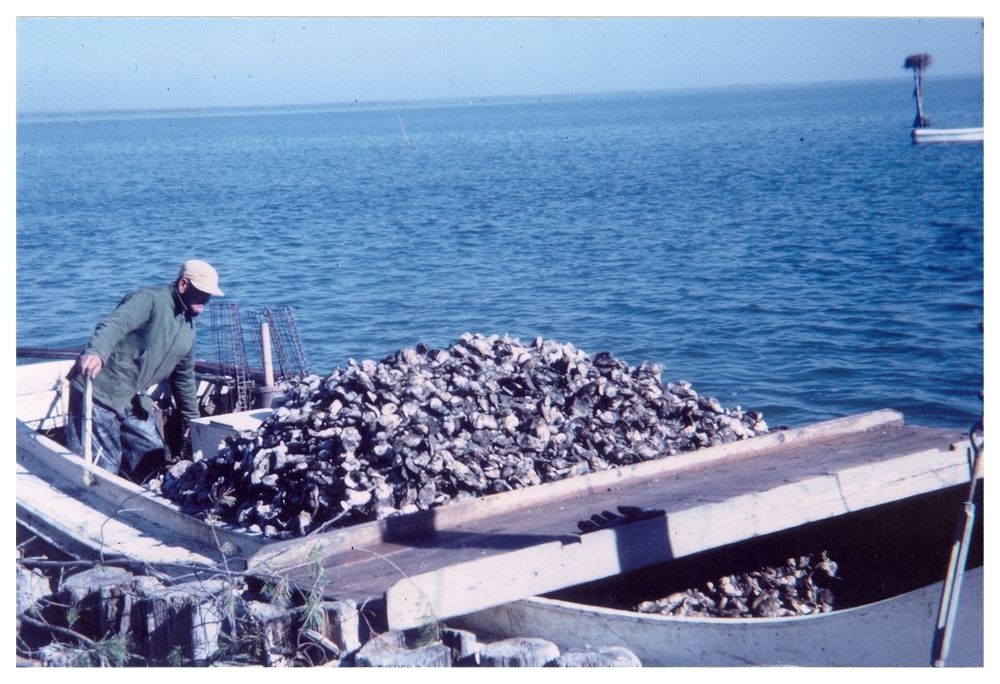 |
Old 1871s are raised by oystermen who have generational knowledge reaching back to the 1880s on the waterways of the Chesapeake Bay. They use a nursery system to help oysters spawn, getting a few dozen oysters to produce millions of spat, which are then set on ground oyster shells, cultivated and protected until they are placed in cages and set in their natural environment in the bay waters. This allows the oysters to reproduce and release billions of larvae into the wild, which further increases public oyster stocks.
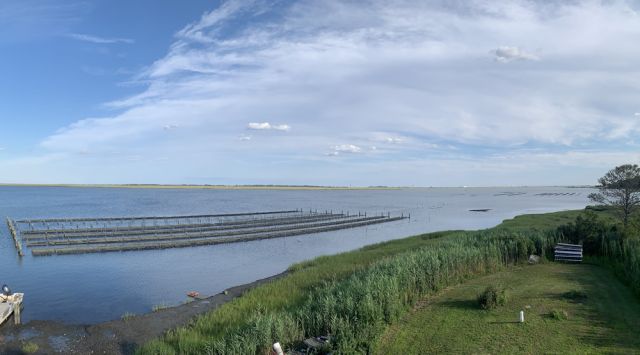 |
Cage locations are carefully selected to support oyster growth and health, with firm bottom, good water flow, and ample nutrients. By elevating the oysters off the bottom, we allow grasses to grow around and under the cages, supplying oxygen and reconstituting the seafloor.
Harvesting the oysters is a delicate operation; the cages allow bycatch that make their homes on the mini reefs to flow easily back into the water as the cages are gently removed.
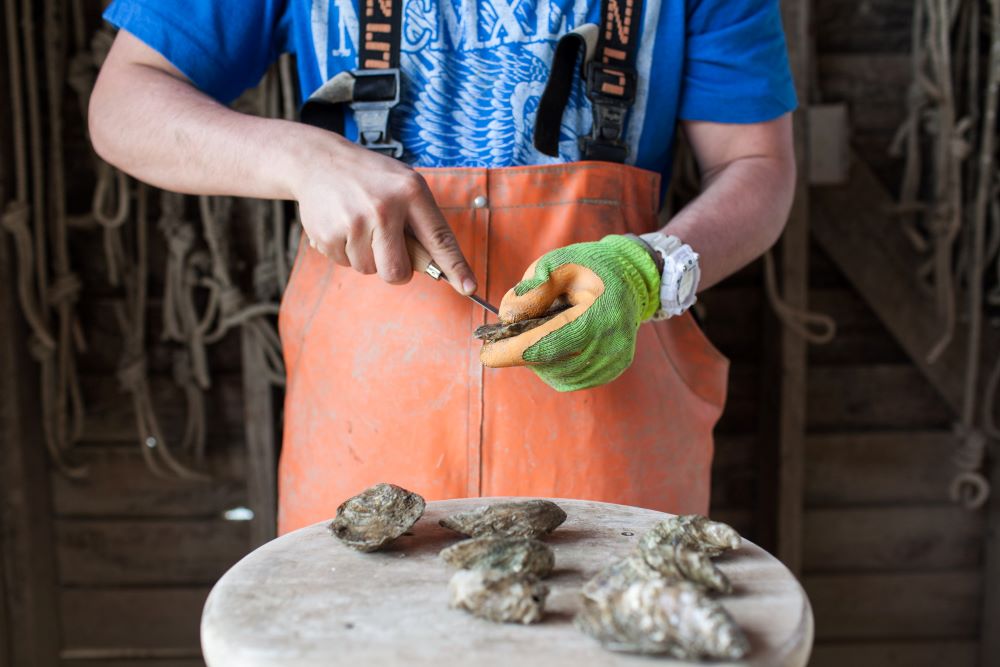 |
This harmonious blend of native, wild conditions and intelligent, responsible aquaculture is a sustainable solution that provides plentiful oysters for the future. Every time we shuck an Old 1871, we contribute to the restoration of the native oyster and its habitat.
OUR LABEL
Deep Chicago pride is evident in our label; it is an homage to the Old 1871 Draft Beer from the Fortune Bros. Brewing Company. Irish immigrants Peter and John Fortune, trained at Guinness in Dublin, founded the Chicago brewery in 1857.
.jpg) |
The Fortune brothers experienced the Great Fire of 1871, which wiped out an area known as Brewtown. Thanks to the luck o’ the Irish, their brewery was spared, and they kept making beer that was most likely paired with oysters throughout the city. They commemorated the historic event that changed the face of Chicago and honored the firefighters with a vivid logo on their draft beer.
Peter Fortune is the great-grandfather of Sean O'Scannlain, the founder and CEO of Fortune Fish & Gourmet. Sean looks for ways to celebrate his ancestors' contributions to Chicago’s culinary culture and bring the Fortune name into the 21st century.

